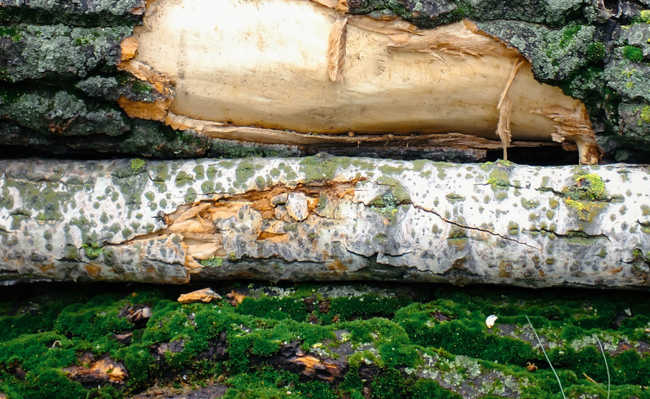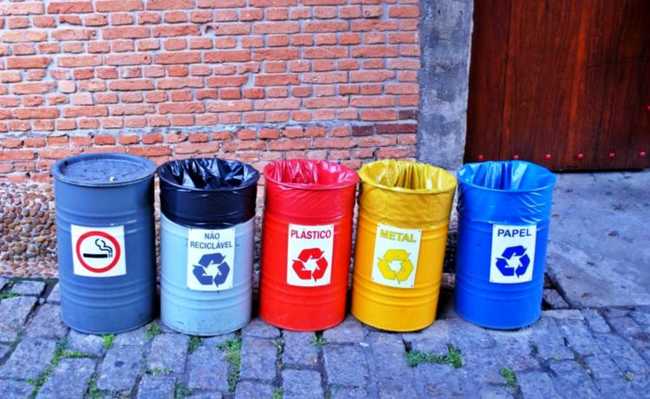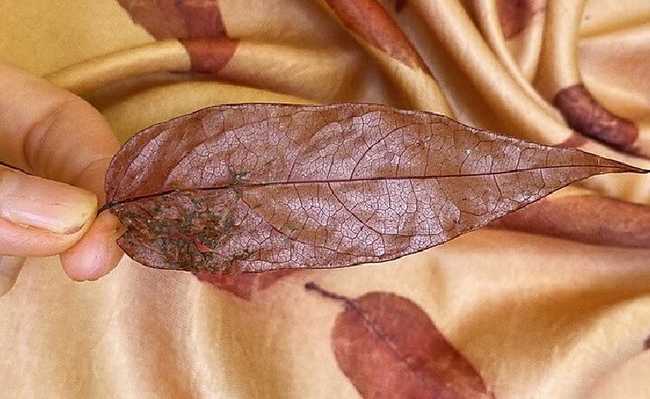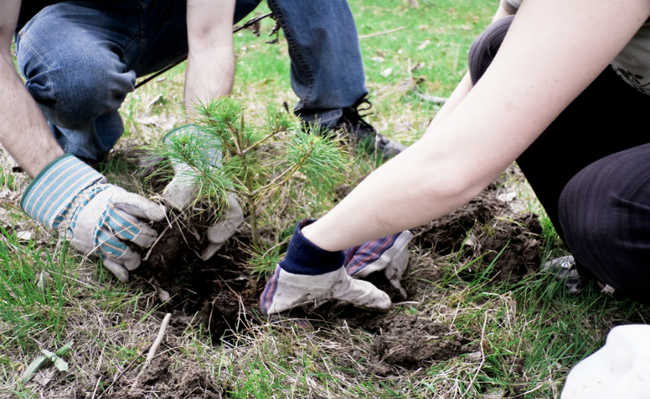It's hot: learn to make soap with used cooking oil using the hot process method
The eCycle team presents you with a high quality soap free of harmful chemicals and more environmentally friendly
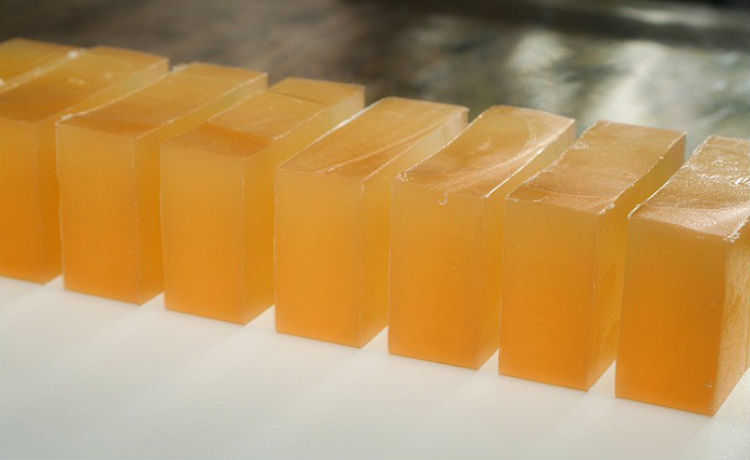
Did you know that, with used cooking oil, it is possible to make soap for use in general house cleaning? It is an economical and sustainable alternative. As well as reusing the oil, you will also be reducing your consumption of industrialized soap. Check out!
There are several ways to make soap, this recipe below follows the hot process. With this form, the soap is ready to use faster. Also, you can make it so that it looks transparent.
In order to make your own soap tablet, you will need some ingredients and materials.
Ingredients
- 1 liter of used cooking oil;
- 125 grams of caustic soda (minimum purity: 97%);
- 140 milliliters of water;
- 40 milliliters of vinegar;
- 100 milliliters of alcohol.
Extras (optional)
- 15 grams of dye;
- 30 grams of essential oils;
- 100 grams of glycerin.
Materials
- Wooden spoon;
- Bucket;
- Sieve;
- bain-marie;
- Mixer (optional);
- Soap mold containers;
- Gloves;
- protective masks;
- Protective goggles.
Method of preparation
First, put on your mask, gloves and goggles . Caustic soda is highly corrosive and must be handled with extreme care! It can cause burns and skin irritations. After equipping:
- Heat the water until it is warm. Once that's done, pour it into a bucket and slowly pour the caustic soda into the same container. Never add water to the soda! It can provoke a strong reaction and cause accidents.
- Stir with wooden spoon until diluted. After this process, add alcohol slowly. Do this away from fire.
- After removing the impurities from the oil (it is possible to do this with a sieve), prepare the bain-marie to keep the soap making process in progress. hot process. Allow the oil to heat up a little in a bain-marie (at a temperature of 61°C) and carefully introduce the caustic soda prepared beforehand.
- Mix for 20 minutes, add vinegar and mix for another five minutes - if possible use a mixer. If you wanted, at this stage, you can add extra ingredients, such as dyes and essential oils. At this stage, we can also add glycerin, which will produce a soap with greater transparency.
- If there is formation of foam that does not incorporate into the dough, remove it with the aid of a spoon.
- Allow to cool for five minutes and carefully pour into the mold. Wait 24 hours for it to cool and cut the soap into the shapes of your choice. For the soap to be ready for use, it still has a rest week for it to lose excess moisture and finish the healing process.
Once the process is finished, it is possible to measure the pH of the soap. Use litmus paper, or make a homemade pH meter yourself.
Understand more about formula ingredients
In soap making, there is concern about caustic soda as it is very corrosive and it is feared that it could be harmful. However, after the saponification reaction with the oils, it loses alkalinity as the alkalis reacted with the oils and became the soap (learn more about the soap reaction here).
Alcohol is used in the formula because it is the soap solvent and, therefore, accelerates the formation of the trace, in addition to guaranteeing a preservative property. Vinegar, which is already known for its health benefits, plays an important role in lowering the final pH of the soap. In this way, the soap does not dry out the skin as much and is more ecological, as the final product does not impact the water bodies as much.
For your homemade soap with cooking oil to be even more sustainable, use as little dye and essential oils as possible and always keep an eye on the essential oils not having parabens and phthalates in their composition. To avoid this risk, you can still make your own essence and substitute it in the recipe above (learn how here). If you want a more practical alternative, you can use fabric softener instead of essential oil, but that way your recipe will lose in sustainability.
This soap can be used for general cleaning as a substitute for other products, such as detergent - do not use it for cosmetic purposes. As it is made from oils and without the addition of preservatives it can become rancid after a while. Make only the amount needed for use in your home.
Note: like any and all cleaning products, keep out of reach of children.
Image: Saboaria Reserva das Flores



